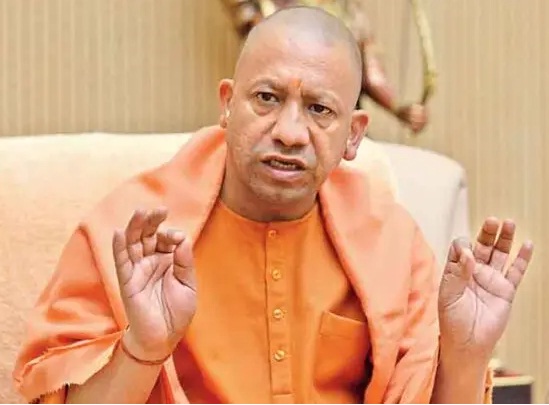Amid farmers’ protest in the National Capital Region (NCR) over the contentious issue of minimum support price (MSP), the Uttar Pradesh government has stepped up paddy procurement and farmers’ payments in the state.
In the current kharif marketing season 2023-24, the state has paid nearly Rs 11,500 crore to the farmers against paddy procurement under the MSP formula.
Against the target of 7 million tonnes (MT) this season, the state government agencies and the Food Corporation of India (FCI), through 5,200 centres, have procured roughly 5.3 MT of paddy so far, thus achieving 75 percent of the target.
The MSP stands at Rs 2,183 and Rs 2,203 per quintal (100 kg) for common variety and grade-A paddy respectively.
According to the UP food and civil supplies department, almost 800,000 farmers were paid about Rs 11,500 crore directly into their bank accounts. About 1.05 million farmers had registered for paddy procurement in the state.
Meanwhile, UP chief minister Yogi Adityanath directed officials to ensure prompt payment to farmers and warned of strict action in case of any slackness.
At the same time, UP sugar mills have additionally paid more than Rs 15,000 crore to the cane farmers. So far, the mills have crushed more than 60 MT of cane and produced 6 MT of sugar.
Of the total 120 sugar mills, the private companies account for the maximum number of 93 units, followed by 24 cooperative sector plants and three UP State Sugar Corporation (UPSSC) 3 factories.
In 2016-17, the sugarcane area in UP was 2.05 million hectares (MH), which has jumped 45 percent to touch almost 3 million hectares (MH) in 2023-24.
The speedy payment of main cash crops including wheat, paddy and sugarcane is imperative for the political economy of UP, especially during an election year with the 2024 Lok Sabha polls due in the coming months.
Moreover, the UP government is promoting millets to create a robust value chain for traditional crops, which over the decades fell out of favour vis-à-vis wheat and paddy, which require more water resources during sowing and cultivation.

